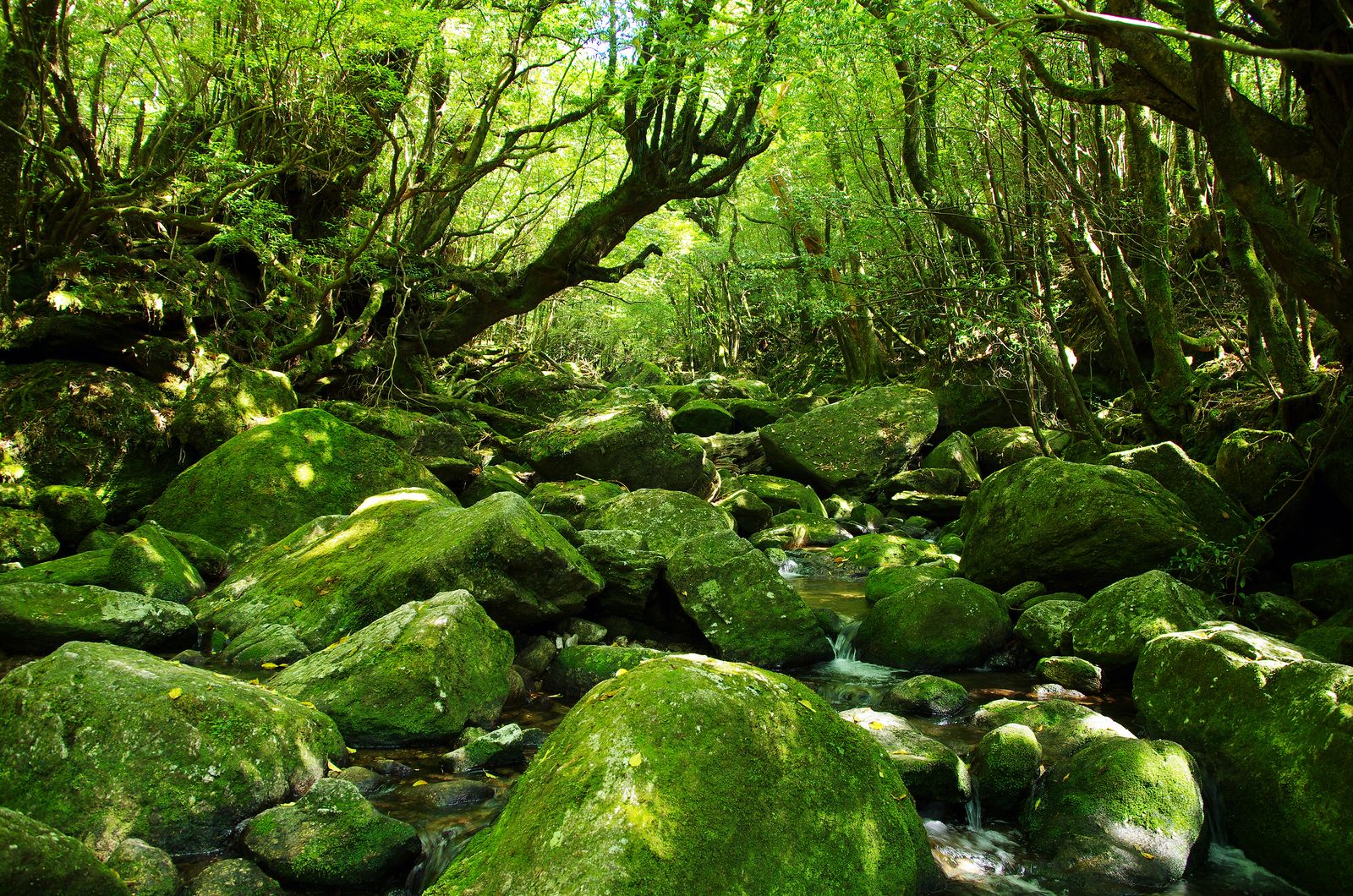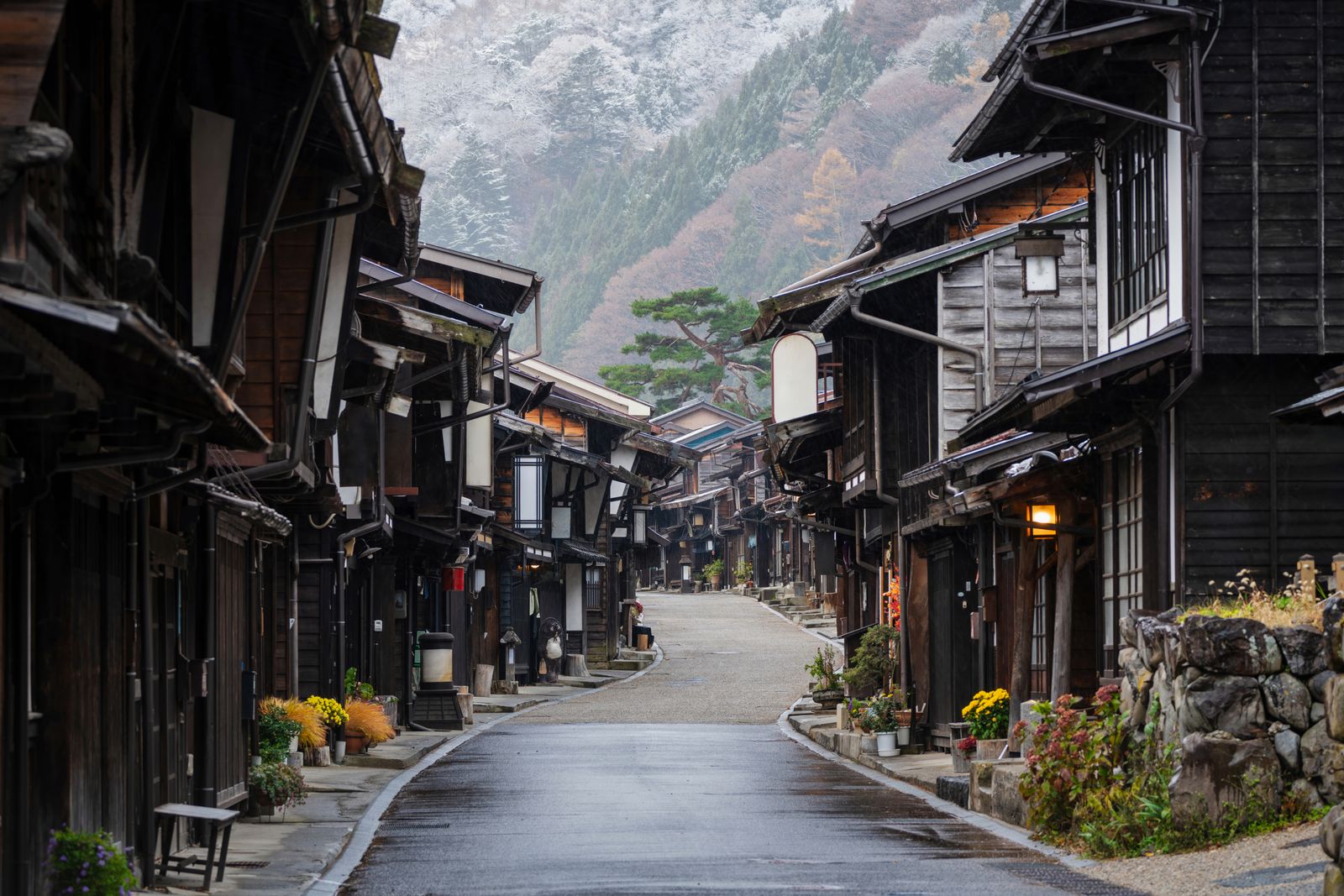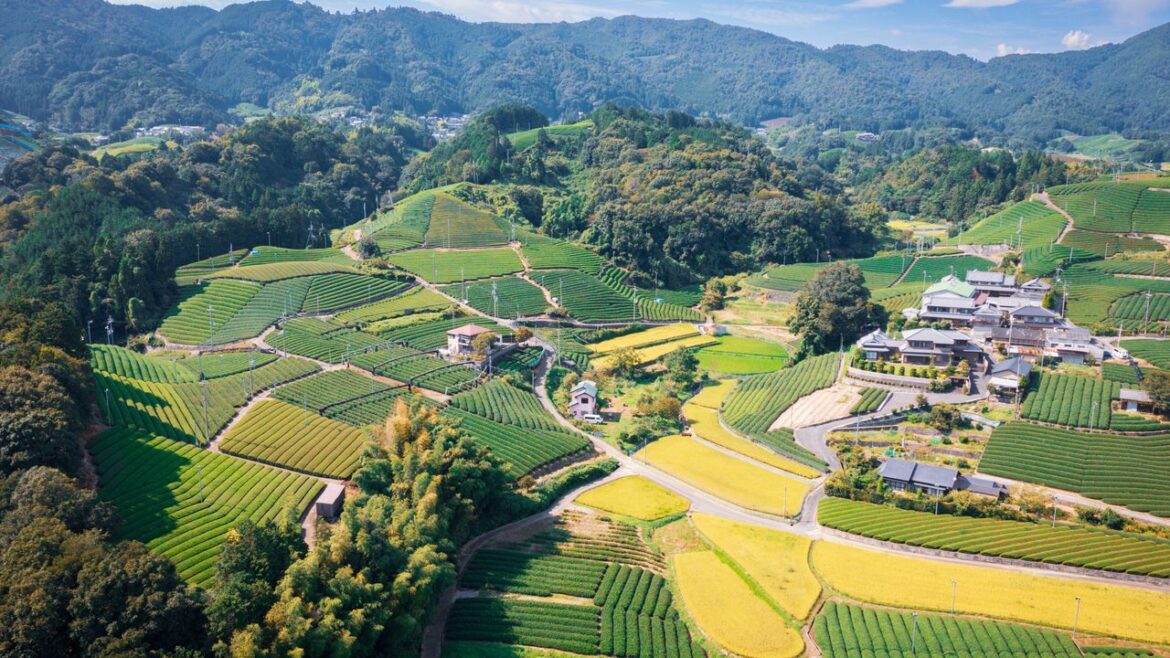Since there are many outdoor exhibits, the best time to visit Naoshima is whenever the weather is nice: spring, early summer, and late autumn are best. That window of time also coincides with the Setouchi Triennale 2025, a contemporary art festival which happens every three years and showcases even more art on various islands in the Seto Inland Sea (tickets for the fall session, from September 1 to November 9, are now on sale.) Getting to Naoshima can be tricky: It involves taking a train from Kyoto Station or Shin-Osaka Station to Okayama Station; a car transfer from there to Uno Port; then a ferry from there to Naoshima’s Honmura Port. Treat yourself after the journey to a sleek stay at Naoshima Ryokan ROKA, where you’ll find 11 minimalist guest rooms of wood, washi, and tatami; and wonderful sunken bathtubs with walls of glass opening onto green vistas.

The Hiroshima Peace Memorial (a.k.a. Genbaku Dome) was the only structure left standing in the area where the first atomic bomb exploded on August 6, 1945.
PexelsHiroshima, for a piece of world history
Hiroshima offers a moving, essential experience for any and all travelers visiting Japan. This city was largely razed to the ground in World War II by one of two atomic bombs detonated by the United States in 1945, during World War II (the other exploded in Nagasaki, on the island of Kyushu). Today, Hiroshima Peace Memorial Park contains the ruins of Genbaku Dome, one of the few buildings that was left standing after the historic event. Referring to the dome, the park, and the city more broadly, Lara of First in Service says, “It stands as a powerful symbol of peace and rebirth, making it a great place for those drawn to the deeper currents of history and human endurance.”
Lara recommends spending time in the Peace Memorial Park, visiting the Genbaku Dome, and taking a ferry ride to nearby Miyajima Island to see the floating torii (a traditional Japanese gate) of Itsukushima Shrine. “It’s perfect for culturally curious travelers, history enthusiasts, and anyone seeking a journey that resonates far beyond beautiful landscapes,” she says. Additionally, there are many things to do in Hiroshima, like visiting Hiroshima Castle, originally constructed in the late 14th century, and staying at the lovely Iwaso, a traditional ryokan that’s centrally located.

A UNESCO World Natural Heritage site, Yakushima is home to Yakusugi cedar trees over 1,000 years old.
Getty ImagesYakushima, for an escape into nature
For a truly less common sight in Japan, head to Yakushima, one of the lush subtropical Ōsumi Islands in southern Japan. Greenfield-Turk of Global Travel Moments recommends this natural sanctuary, home to 7,000-year-old cedar forests, misty trails, and rich biodiversity: “The slow, elegant island life also lends itself to beautiful local cuisine, including flying fish, island-grown tea, and yuzu citrus.” The Gilmans of JapanQuest Journeys agree, saying that it’s perfect for travelers seeking immersive outdoor adventures, “from multi-day treks through moss-covered landscapes to exploring coastal trails and enjoying the island’s rugged beauty.”
All of our experts agree that Yakushima can be enjoyed year-round, but you can organize your travel around what you’d like to experience: pleasant temperatures in the spring (April and May); sea turtles coming to beaches and laying their eggs (June and July); cooler and drier weather with excellent visibility in the autumn. You can take a short domestic flight or scenic ferry to Yakushima from Kagoshima, a seaside city in Kyushu, Japan’s most southern major island. This isn’t exactly a day-trip destination, so do as Greenfield-Turk and the Gilmans recommend and get a room at Sankara Hotel & Spa Yakushima, a hilltop luxury retreat with ocean views and a culinary program that pairs French technique with seasonal island produce.

Those seeking a tranquil escape from city life and a taste of rural Japan should visit the Kiso Valley.
R.M. Nunes/Getty ImagesKiso Valley, for history buffs
The Kiso Valley would delight travelers who appreciate stepping back in time. The Gilmans of JapanQuest Journeys recommend it for the preserved Edo-period post towns and the Nakasendō, a historic route that connected the de facto capital of Japan at Edo (modern-day Tokyo) to Kyoto, as well as the scenic mountains and trails. “Those seeking a tranquil escape from city life and a taste of rural Japan, including its traditional crafts and local culture, will find the Kiso Valley particularly rewarding,” the Gilmans say.


AloJapan.com